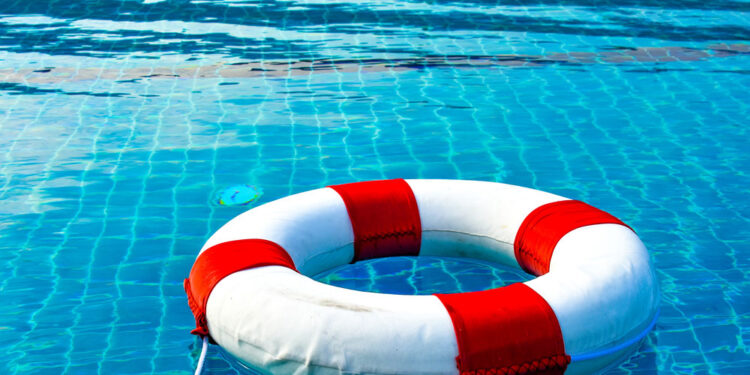Though free water safety messaging isn’t as centralized as Giving Tuesday, for example, the principle remains the same: when organizations collaborate on a message and offer the public free access to the materials, they want them to get used.
Organizations like Water Safety USA and the Centers for Disease Control and Prevention (CDC) produce and freely circulate new safety materials every year. With so many high-profile campaigns, it’s an exciting time to be tasked with managing community rec facilities. There’s no shortage of ready-made promotional material, the value of which can’t be overstated. Facilities with small marketing budgets can leverage water safety campaigns for staff training and team building, community awareness and outreach, and even fundraising efforts.
Using these materials accomplishes two vital tasks at once: spreading a safety message and reinforcing a facility’s reputation locally. Ensuring the health and safety of a community by promoting water safety has the added benefit of bolstering a facility’s ethos as a reliable source of community resources. For example, rec facilities can print and circulate Water Watcher badges for patrons to use at home (available for free download from Safe Kids Worldwide). This would build community awareness on the necessity of a devoted water watcher during any swimming activity and score some free word of mouth promotion.
These campaigns can also be a great source of material for daily operations. Educational messaging on reducing chloramines and preventing recreational water illnesses (RWIs) can be deployed as a best practice for introducing patron programming. The CDC’s 2019 Healthy and Safe Swimming Week materials contain resources for preventing chemical gas exposures in pools and spas that would make excellent topics for team building exercises or staff meetings. They also include video links to the American Chemistry Council’s “Preventing Unintended Chemical Injection” and the Chlorine Institute’s “Pool Chemical Safety,” both of which would be useful supplements to current training.
In the long term, an attractive marketing campaign can help keep the lights on. The more presentable and compelling a facility’s messaging, the more successful its pitches for funding and the better its chances at patron development. Also, when funding organizations see an applicant is engaged on social media, they’re more likely to give a grant application some extra attention. So, while conducting a pool safely pledge social media campaign, for example, facilitate with the local health department and offer the rec center’s help with a pool safety grant application.
The value add for a community rec marketing team is the expansion of that team. Campaigns built around work that’s already been done free up more time for promotion efforts and campaign planning — not to mention the fact that you’ll likely have added help in the form of copromotion. Plus, boosting someone else’s message will provide an opportunity to bolster current partnerships and forge new ones.
Chris Martin is the Public Relations Specialist at the National Swimming Pool Foundation. For a complete list of free water safety resources, visit nspf.org/water-safety1.










